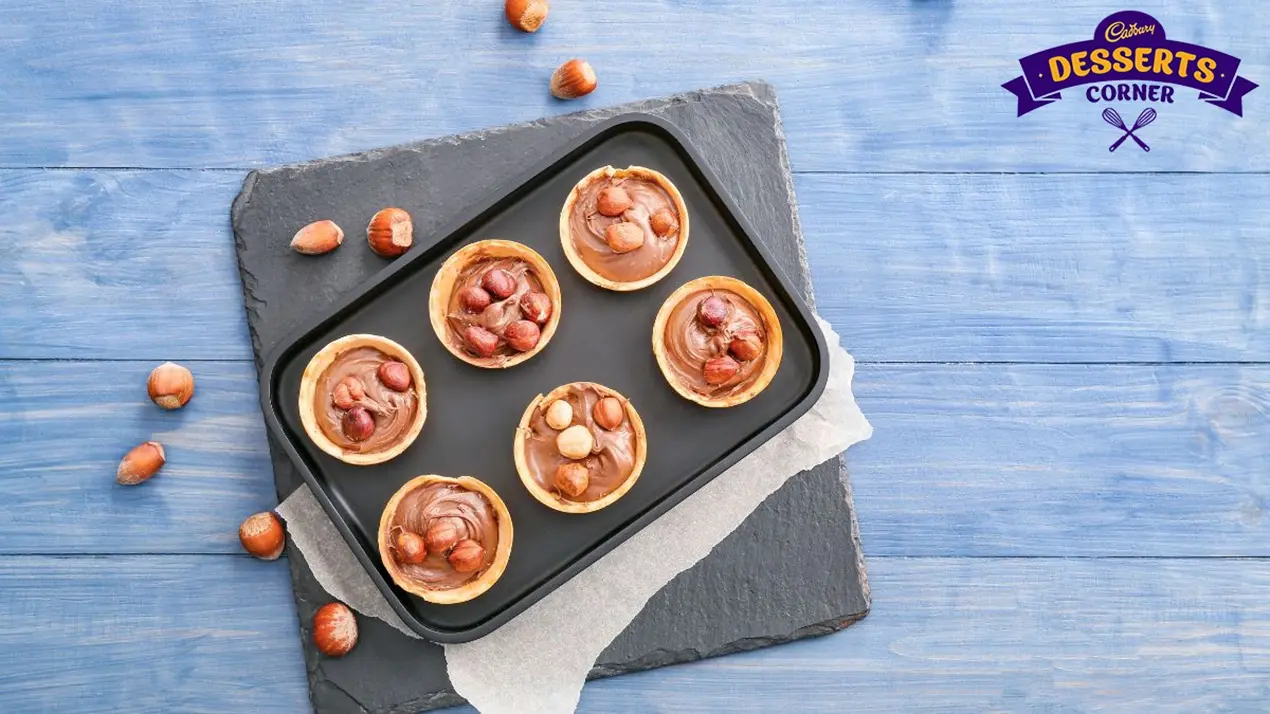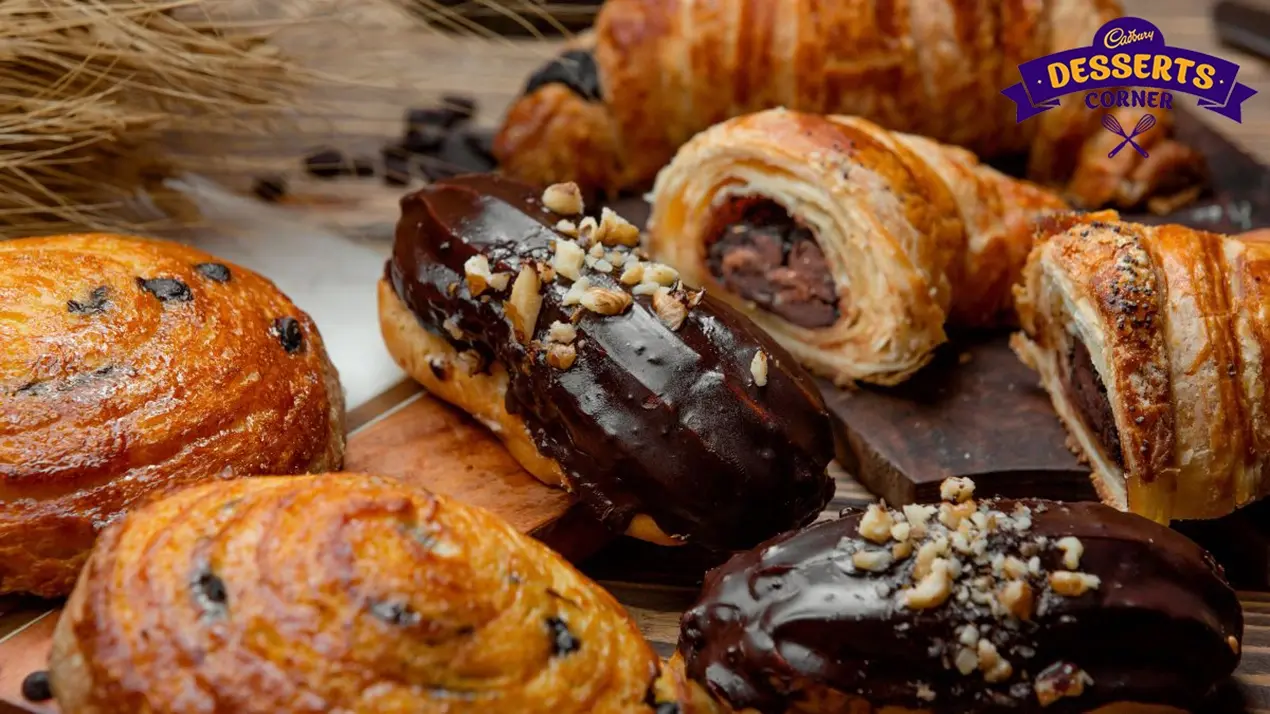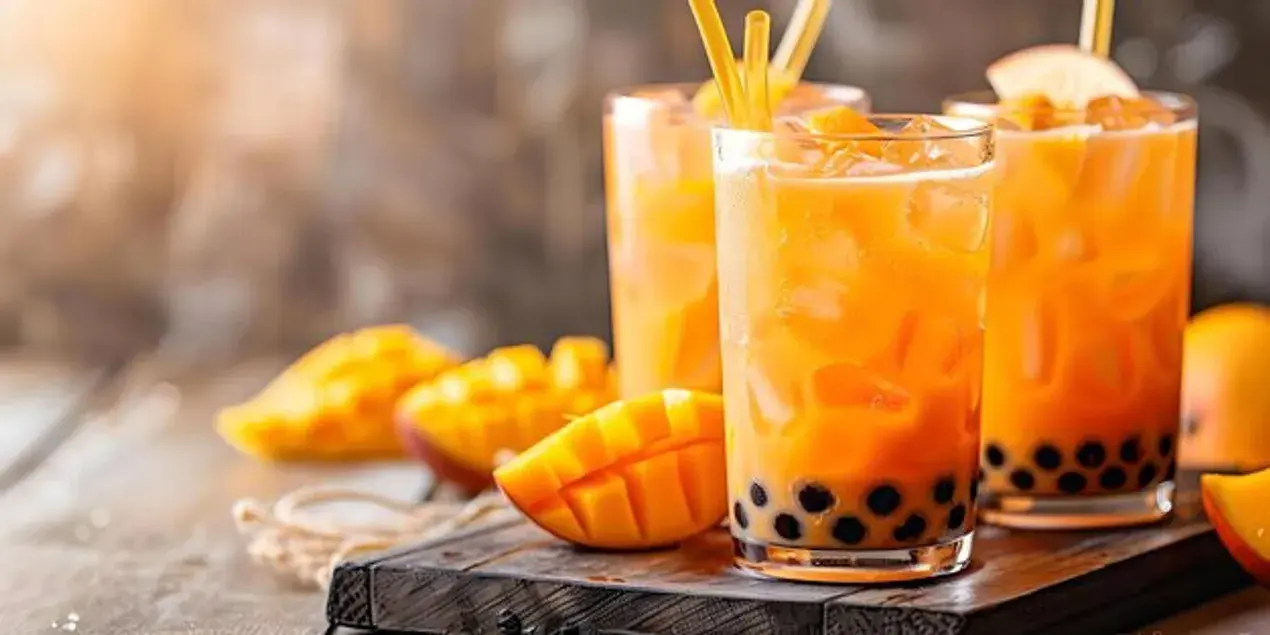Flour is the base of most baked creates, it’s literally the glue that binds sweets and desserts and paves the foundation for the other ingredients to shine through

Baking isn't just about cooking; it's a journey that turns simple ingredients into delightful and unforgettable creations. Imagine the joy of biting into a warm slice of bread with butter that melts in your mouth or a tender vanilla cake with velvety chocolate ganache between its layers. The magic lies not in the recipe, but in choosing the right ingredients, especially the flour. The type of flour you use is just as important as any ingredient because it determines the flavor, texture, and overall appeal of the dish.
So, let’s take a dive into the science behind baking and how different types of flour can impact your goods. Our journey starts with wheat grains, also known as wheat kernels or berries. Once these grains are harvested, they go through a milling process that grinds them into flour. The milling process can vary by removing parts such as the germ and endosperm which affects the texture and protein content to create types of flour. These include all-purpose flour, self-rising flour, bread flour, cake flour, pastry flour, 00 flour (double zero) strong flour, high protein flour, whole wheat flour, white whole wheat flour, semolina flour, rye flour, and barley flour.

Why do we have such a variety of flours? Well, different varieties of wheat contain varying levels of protein which directly influences how suitable a particular type of flour is for baked goods. Soft wheat, which has a lower protein content works wonderfully for pastries and cakes. On the other hand, hard wheat, with its rich protein levels is perfect for making bread that rises with the help of yeast. The amount of protein in flour affects how much gluten is produced. A component for creating elasticity and air bubbles in yeast bread. When there’s less protein there's also less gluten, resulting in a tender crumb that’s just right for pastries.
Experienced bakers carefully select the different types of wheat flour because they understand that the right choice can greatly enhance the quality and flavor of their baked goods. The type of flour used along with its percentage of wheat protein influences the texture, taste, and appearance of the final product. Consistency in baking often relies on using the type of flour for each recipe.
The difference between unbleached flour also plays a role. Bleached flour undergoes chemical treatment to make it softer and finer in texture while unbleached flour ages naturally and tends to be coarser. Both types are typically considered all-purpose flour and can be used interchangeably.

Now, let’s explore 13 types of flour along with their uses in baking:

- All Purpose Flour: This versatile blend, combines both soft wheat with a protein content ranging from 10-13%. It serves as a staple ingredient in goods such as cakes, cookies, muffins, and breading mixtures.
- Self-Rising Flour: This type of flour is a combination of all-purpose flour, baking powder, and salt. It has a protein content of around 8-9% making it perfect for creating biscuits, scones, and quick breads. If you don't have self-rising flour on hand, you can easily make your own by mixing all-purpose flour with baking powder and salt.
- Bread Flour: With a protein content ranging from 12% to 15%, bread flour is specifically designed for yeast-based bread recipes. It provides the structure and results in a crumb texture.
- Cake Flour: Cake flour is known for its low protein content around 6-8%. It's the perfect choice when baking tender and moist cakes. Cake flour is often bleached to achieve a finer texture and lighter color.
- Pastry Flour: Falling between all-purpose and cake flours in terms of protein content (7-9%), pastry flour is commonly used for creating pastries such as pie crusts or tart shells. However, it’s not recommended for making bread due to its protein levels.
- Type 00 (double zero) Flour: Originating from Italy and made from milled Durum wheat, Type 00 flour contains approximately 11-12% protein content. This type of flour works well in pasta-making processes, as well as for crafting delicious pizzas or focaccia bread.
- Strong Flour: Also referred to as gluten flour, strong flours typically have a protein content ranging from 13% to 14%. They are particularly useful when added structural support is needed in recipes, like bagels, pretzels, or pasta dough.
- High-Protein Flour Similar to strong flour, high-protein flour is ideal for crusty bread, bagels, and crackers.
- Whole Wheat Flour: Crafted from the entire wheat kernel, this flour boasts a protein content ranging from 13-14%. It's slightly heavier in texture, making it an excellent choice for bread, bagels, and even cookies.
- White Whole Wheat Flour: Offering an alternative to whole wheat flour, this variety maintains its nutritional value without the denseness commonly associated with whole wheat. It works wonders in bread, muffins, and cookies.
- Semolina Flour: Derived from Durum wheat and boasting over 13% protein content, semolina flour is tailor-made for crafting pasta dishes as well as delicious bread and pizza crusts.
- Rye Flour: With protein levels varying between 8-17%, rye flour is an option for various types of bread. It comes in both light and dark versions to suit preferences.
- Barley Flour: Containing 11% protein content, barley flour shines brightest when combined with other flour in recipes for bread, bagels, and cookies.
Remember, selecting the type of flour can elevate your baking endeavors to heights—an essential step towards achieving extraordinary results time after time. Embark on your baking adventure, armed with knowledge, and every type of flour will take you on a delicious journey!
Like This Article?
More Like This



Popular Articles





Trending Web Stories
Curated Recipes



















